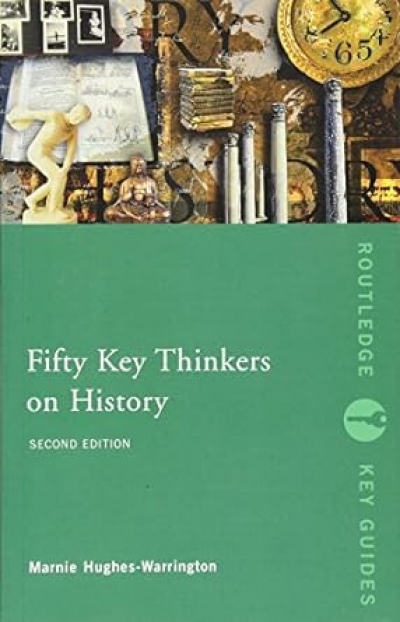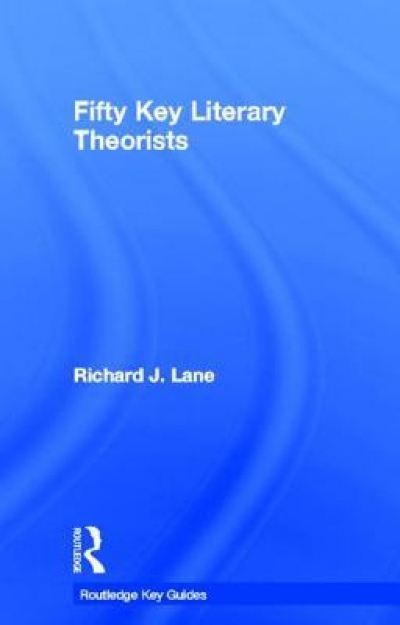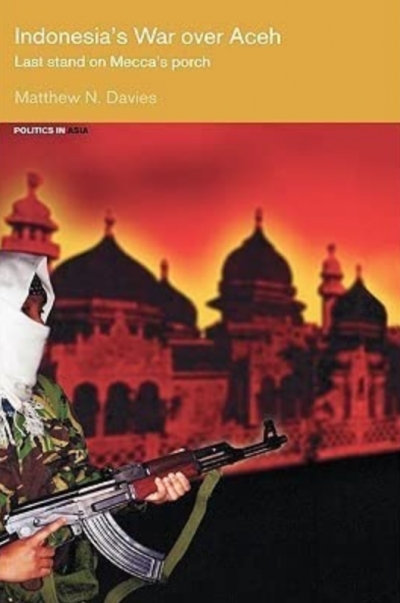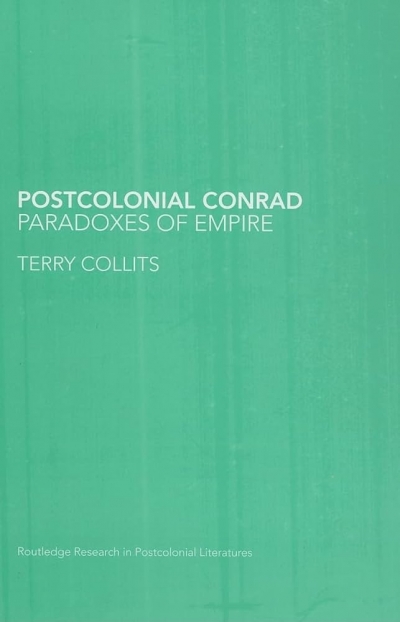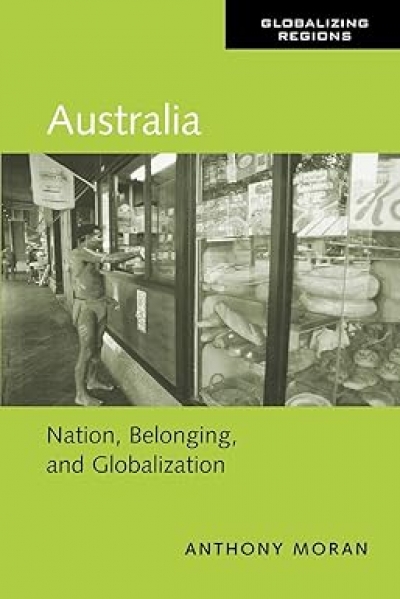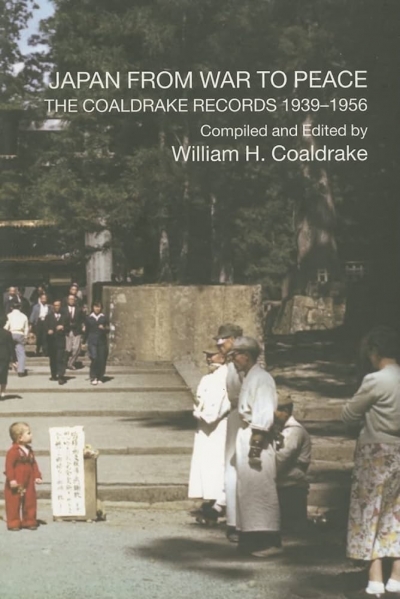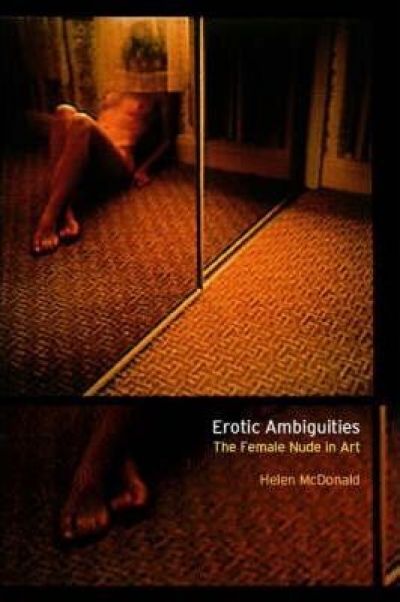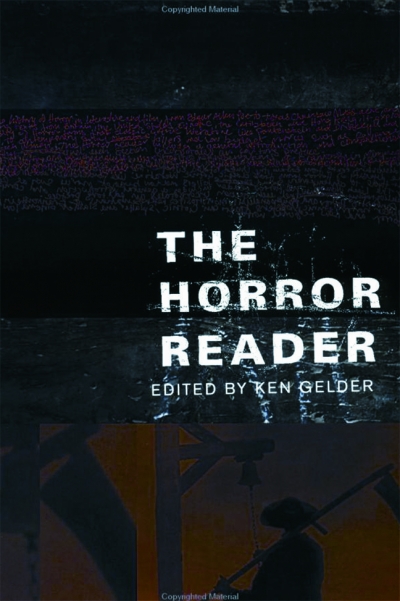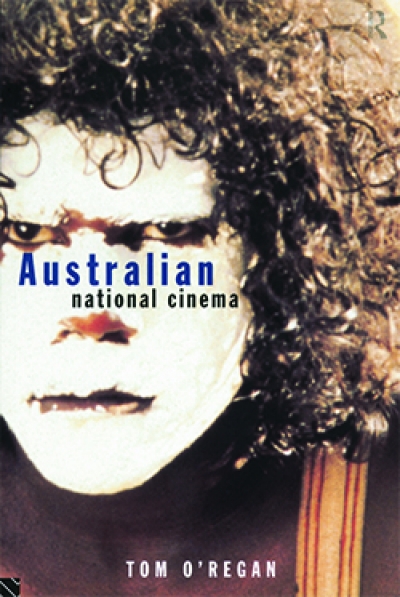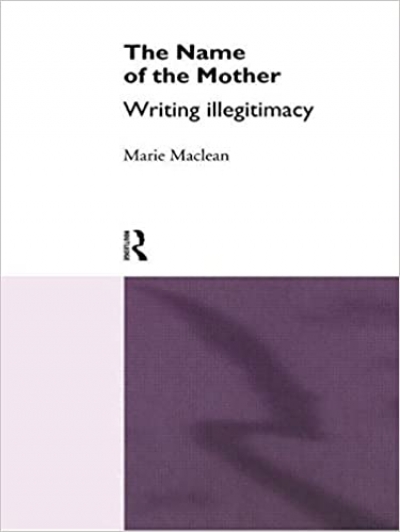Routledge
Fifty Key Thinkers on History: Second Edition by Marnie Hughes-Warrington
by Beverley Kingston •
Indonesia’s War Over Aceh: Last stand on Mecca’s porch by Matthew Davies
by Damien Kingsbury •
Australia: Nation, belonging, and globalisation by Anthony Moran
by Tim Rowse •
Japan From War to Peace: The Coaldrake Records 1939-1956 edited by William H. Coaldrake
by Vera Mackie •
Erotic Ambiguities: The Female Nude in Art by Virginia Rigney
by Virginia Rigney •
The Name of the Mother: Writing illegitimacy by Marie Maclean
by Rosemary Sorensen •

